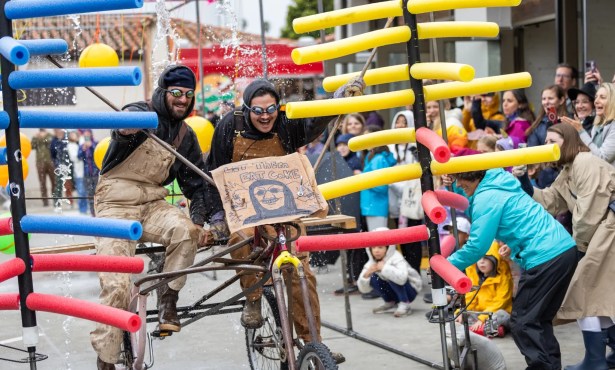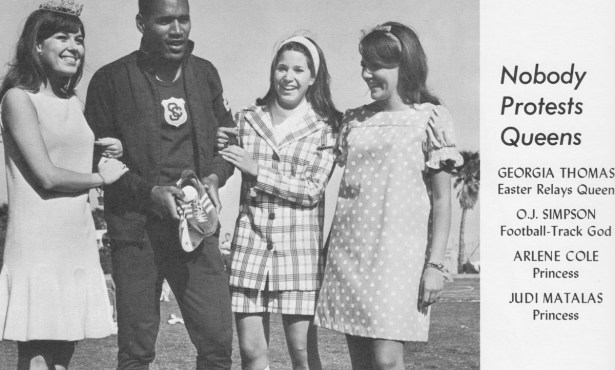Anacapa Island in Pictures
Marla Daily Discusses Her New Photographic History of the Smallest Channel Island
Often seen as just a speck on the horizon, as if the Channel Islands archipelago suddenly ran out of gas, Anacapa Island looms much larger in history than its spiny frame suggests. The Santa Cruz Island Foundation’s Marla Daily dove into the isle’s colorful past to produce the latest photographic history book for Arcadia Publishing’s Images of America series. She answered a few of our questions recently.
How is so much history packed into this tiny island? I was amazed to learn of the variety of economic opportunities people pursued historically at Anacapa. There were three mini gold rushes by hopeful miners (1850s, 1870, 1890s), sealers camped on Anacapa’s islets, Chinese established abalone picking camps in available pocket coves, crawfishermen set and tended their lobster traps from camps, and transient pleasure seekers and campers set their sights on Anacapa Island as a destination. In addition, a series of more permanent squatters built houses and used Anacapa Island to raise sheep. All on an island with no fresh water! Who would have thought?
You know almost everything about the Channel Islands already, but did you discover anything new about Anacapa? I learned that 57 people have died there since 1870: most from drownings, a few from natural causes, several from cliff falls, one from suicide, and one from accidentally driving a bulldozer off the mesa of East Anacapa Island. In addition, the island has seen its share of shipwrecks, at least 27 of them, beginning with the Winfield Scott in 1853.
Which Anacapa anecdote is most memorable to you? I like the comment about “Old Swede” Charley Johnson, a fisherman who lived in a shack at West Anacapa from 1934 to 1938: “He never failed to take a bath on his birthday (October 12), Columbus Day, Christmas, and certain other occasions,” said Meryl Carr Allen. And after his last trip to town in 1938, a fellow fisherman dropped him off on Anacapa Island. Said Allen, “Charley climbed the path to his island home, went in, closed the door, lay down on his bed, and died — just like he said he wanted to do.”
Which are your favorite photos, and why? The cover photo, taken from an 1889 expedition out of Santa Barbara, because of the noted participants: artist Henry Chapman Ford, naturalist Lorenzo Yates, and early photographer Isaac Newton Cook. Together these local luminaries explored and documented what they found on Anacapa Island;
The interior of Yates Cave on the bottom of page 34: It is amazing to me that such a large group of pleasure seekers, both men and women, joined an outing to explore Anacapa in 1890. It speaks to the value of 19th-century outdoor entertainment;
The top of page 55: Access to the mesa on East Anacapa Island was no easy feat for those who installed the 1912 light and later built the lighthouse and Coast Guard buildings;
And the lower part of page 123: This photo of black sea bass speaks for itself — absolutely amazing! It garners such a visceral respect for these gentle giants of the deep whose nursery is at Anacapa Island.



